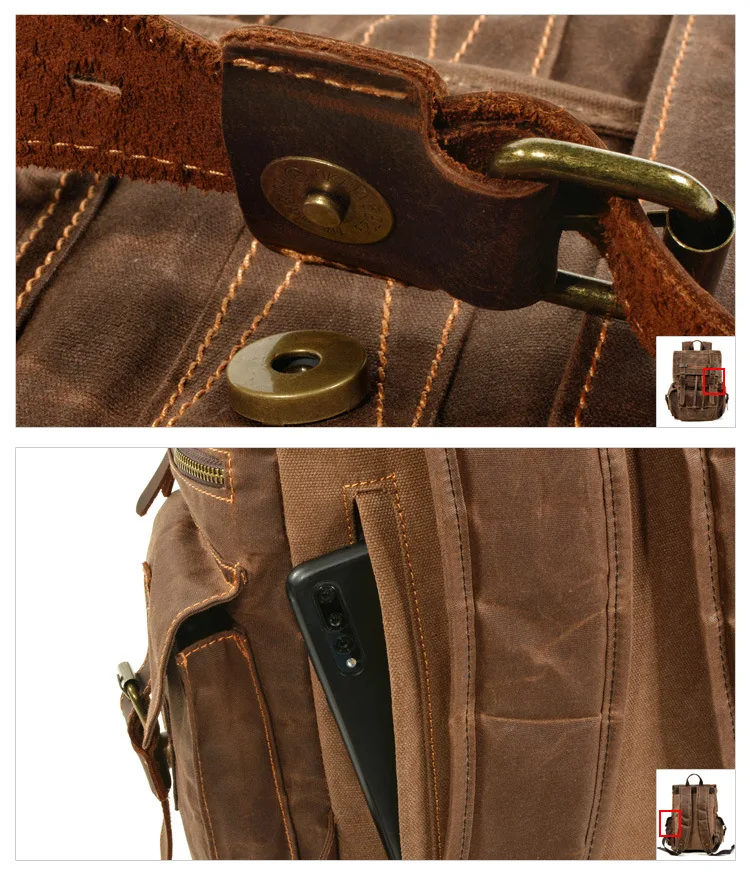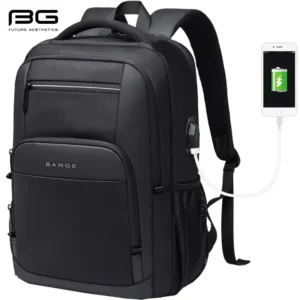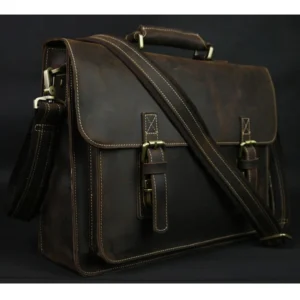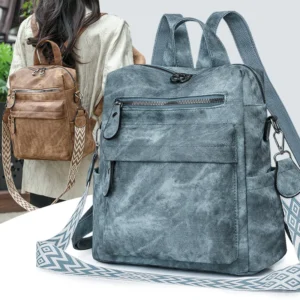Understanding the Importance of Proper Backpack Weight
The weight of your daily backpack might seem like a minor concern until you experience the physical strain it can cause. Proper backpack weight management isn’t just about avoiding momentary discomfort—it’s an essential aspect of maintaining your long-term health and physical wellbeing.
Excessive backpack weight affects your body in several significant ways:
- Creates muscle imbalances leading to poor posture
- Puts strain on your shoulders, neck, and upper back
- Causes compression of the spine and potential nerve impingement
- Leads to chronic pain conditions that can persist even when not carrying your bag
Studies suggest that nearly 60% of young professionals and students report experiencing back pain related to their daily carrying habits. Most concerning is how these issues can progress from temporary discomfort to chronic problems affecting your quality of life.
Beyond the physical impact, proper weight management directly influences your daily energy levels and productivity. A lighter, well-balanced pack reduces fatigue throughout the day, allowing you to maintain focus and energy for activities that matter most. Regular leather conditioning and waterproofing ensures your backpack maintains its structural integrity, which is crucial for proper weight distribution and longevity.
Throughout this guide, we’ll explore comprehensive strategies to optimize your backpack weight, from calculating your ideal weight threshold to implementing proper packing techniques. Developing effective backpack organization strategies is the first step toward achieving both comfort and functionality in your daily carry.
Determining Your Ideal Backpack Weight Threshold
Understanding how much weight you should safely carry is the foundation of backpack management. Experts widely recommend keeping your daily backpack weight between 10-15% of your body weight. This range represents the optimal balance between functionality and preventing physical strain.
However, your personal threshold may vary based on several factors:
- Overall fitness level and core strength
- Any existing back, neck, or shoulder conditions
- Your typical daily activity level
- The duration you’ll be carrying the pack
To calculate your personal weight limit:
- Determine your body weight in pounds
- Multiply by 0.10 (for the lower threshold)
- Multiply by 0.15 (for the upper threshold)
For example:
| Body Weight | Lower Threshold (10%) | Upper Threshold (15%) |
|---|---|---|
| 130 lbs | 13 lbs | 19.5 lbs |
| 160 lbs | 16 lbs | 24 lbs |
| 190 lbs | 19 lbs | 28.5 lbs |
To monitor your backpack weight effectively, consider keeping a small digital luggage scale at home or work. Weigh your pack once fully loaded and make adjustments if it exceeds your calculated threshold.
The American Physical Therapy Association supports these guidelines, noting that consistently exceeding these weight thresholds significantly increases the risk of musculoskeletal issues over time. Selecting the right backpack volume for your daily needs is another crucial factor in maintaining appropriate weight levels.
The Daily Essentials Strategy: What Actually Belongs in Your Pack
Adopting an “Essentials Only” mindset is perhaps the most effective strategy for managing backpack weight. This approach requires honest evaluation of what you truly need daily versus what you’re carrying “just in case.”
Start by conducting a complete inventory of your current daily carry items. For each item, ask yourself:
- Do I actually use this item every day?
- Could I leave this at my destination instead of carrying it back and forth?
- Is there a lighter alternative that serves the same purpose?
- Could I share this resource with colleagues rather than everyone carrying their own?
Implement a systematic approach to distinguish between true necessities and occasional needs:
Daily Necessities:
– Work/school devices and chargers
– Essential medications
– Daily planner or minimal notebook
– Basic toiletries for daily comfort
– Water and planned meals/snacks
Occasional Needs (Consider Leaving Behind):
– “Just in case” items rarely used
– Full-sized products that can be downsized
– Multiple devices serving similar functions
– Books or materials needed only on specific days
Establish a weekly backpack audit system where you remove all contents and critically evaluate each item before returning it to your bag. This prevents gradual weight creep that happens when items accumulate over time.
Different situations demand different essentials. A workday might require specific technology while a day of errands needs different items. Prepare focused packing lists for your common scenarios and resist the urge to add “extra” items. Proper leather backpack conditioning ensures your bag remains lightweight and functional, making it easier to organize and access essentials.
Lightweight Alternatives for Common Daily Items
Significant weight reduction comes from thoughtful substitutions of everyday items. Even small weight savings add up to meaningful relief for your shoulders and back.
| Traditional Item | Weight | Lightweight Alternative | Weight | Savings |
|---|---|---|---|---|
| Hardcover book | 1.5 lbs | E-reader/tablet | 0.4-0.8 lbs | ~1 lb |
| Metal water bottle | 0.9 lbs | BPA-free plastic bottle | 0.3 lbs | 0.6 lbs |
| Full-size laptop | 4-6 lbs | Lightweight ultrabook | 2-3 lbs | 2-3 lbs |
| Paper notebook | 1.2 lbs | Digital note app/small notepad | 0-0.3 lbs | ~1 lb |
| Multiple chargers | 1.5 lbs | Multi-device charging cable | 0.3 lbs | 1.2 lbs |
Digital alternatives offer substantial weight savings. Consider:
– Using cloud storage instead of carrying physical documents
– Adopting digital note-taking on your existing devices
– Converting printed materials to digital formats when possible
– Using e-books instead of physical books
Material considerations make a difference as well. Opt for:
– Lightweight, high-strength fabrics for cases and pouches
– Plastic or aluminum alternatives to glass and steel
– Concentrated products in smaller containers
– Travel-sized versions of daily essentials
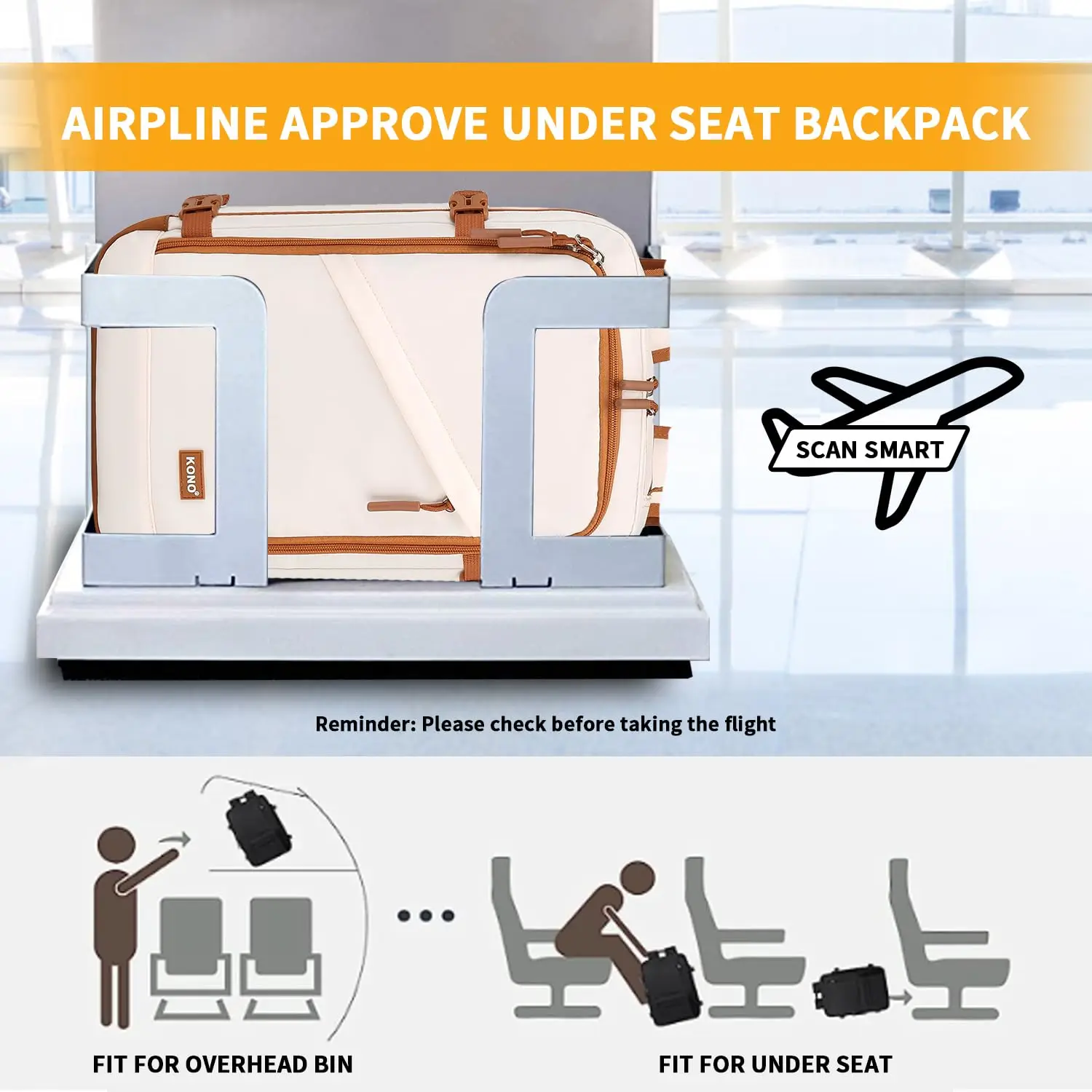
Multi-functional items can eliminate the need to carry multiple single-purpose objects. Examples include:
– Phone cases with card storage instead of a separate wallet
– Multi-tools instead of individual tools
– Combination products like moisturizer with SPF
Regular DIY leather care ensures your backpack remains lightweight and doesn’t accumulate unnecessary weight through neglect or water absorption over time.
Strategic Packing Techniques for Optimal Weight Distribution
How you pack your backpack is just as important as what you pack. Proper weight distribution prevents strain and improves comfort dramatically, even with the same total weight.
The Core Principle: Center and Back
Always position the heaviest items close to your back and centered in the pack. This keeps the weight close to your center of gravity, reducing the leverage effect that causes strain when weight shifts away from your body.
The Three-Zone Packing Method:
- Bottom Zone: Place soft, lightweight items you won’t need until your destination (extra clothing, soft pouches)
- Middle Zone: Position the heaviest items (laptop, books, water bottle) centered and against the back panel
- Top Zone: Store frequently accessed lighter items and fragile objects that shouldn’t be compressed
Secure items to prevent shifting during movement, as dynamic loads increase strain. Use internal straps when available, and consider packing cubes or organizers to keep items from moving around. Backpacks with multiple pockets naturally help maintain proper weight distribution by compartmentalizing your belongings.
Strategic Positioning for Common Items:
- Laptops should always go in the dedicated laptop sleeve, which is typically positioned against the back panel
- Water bottles should be centered rather than on one side to prevent uneven weight distribution
- Books and heavy items should be vertical rather than horizontal when possible, keeping their weight closer to your back
- Distribute small, heavy items (like chargers and electronics) evenly between both sides
This approach uses physics to your advantage. When weight is centered and close to your body, it works with your natural posture rather than against it, reducing the effective strain by as much as 30% compared to haphazard packing.
Wearing Your Backpack Correctly: Ergonomics and Fit Essentials
Even the most carefully packed backpack can cause discomfort if worn incorrectly. Proper fitting techniques dramatically improve comfort and weight distribution.
Shoulder Strap Adjustment:
1. Loosen all straps before putting on the backpack
2. Position the pack comfortably on both shoulders
3. Tighten shoulder straps until the pack sits snugly against your back
4. Ensure the bottom of the backpack rests in the curve of your lower back, not drooping below your waist
Using Sternum Straps Effectively:
Sternum straps aren’t just an extra feature—they’re essential for distributing weight across your chest and preventing shoulder strap slide. Adjust the sternum strap so it fastens across the middle of your chest, not too high near your neck or too low.
Hip Belt Utilization:
Even for daily backpacks, using the hip belt when available transfers weight from your shoulders to your hips:
– Position the belt so it hugs your hip bones, not your waist
– Tighten enough to feel the pack weight shift to your hips
– Readjust shoulder straps after fastening the hip belt
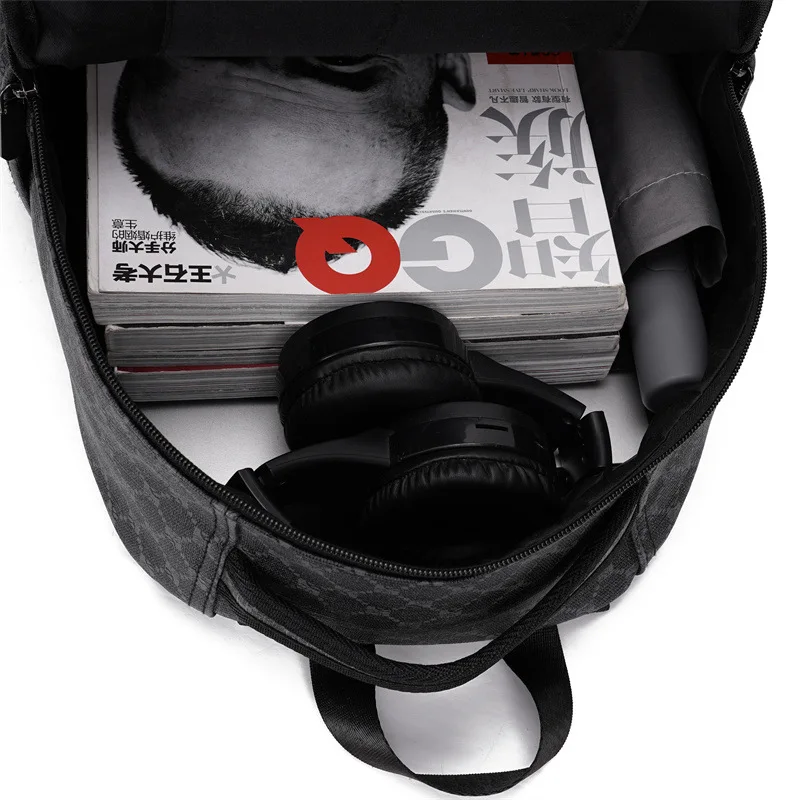
Proper Lifting Technique:
1. Place the backpack on a raised surface when possible
2. Bend at the knees, not the waist, when lifting from the ground
3. Use one strap to swing the pack to your shoulder, then add the second strap
4. Avoid one-shoulder carrying which creates muscle imbalances over time
Common fitting mistakes include wearing the pack too low on your back, leaving straps too loose, or ignoring available support features. Making full use of your carry-on leather backpack’s design features ensures optimal weight distribution for comfortable all-day wear.
Key Backpack Features for Effective Weight Management
Choosing a backpack with the right features significantly impacts comfort and weight distribution. Consider these critical design elements when selecting your daily carry bag:
Support System Features:
– Padded, contoured shoulder straps that distribute pressure across a wider area
– Structured back panel with padding and airflow channels to prevent pressure points
– Sternum strap to stabilize the load and prevent shoulder strap slippage
– Hip belt (even a minimal one) to transfer weight from shoulders to hips
– Load lifter straps that help adjust the pack’s position against your back
Compartmentalization Benefits:
– Multiple compartments prevent items from shifting to the bottom
– Weight distribution is more stable with designated spaces for heavy items
– Organizational features reduce the need for additional pouches and bags
– Padded laptop compartments positioned against the back provide structure and protection
Size Considerations:
– For daily use, most people need only 15-25 liters of capacity
– Oversized backpacks encourage overpacking and excessive weight
– The pack should be proportional to your torso length and body size
– Select the smallest size that comfortably fits your essential items
Leather laptop backpacks typically feature excellent weight management design elements, with padded compartments positioned correctly for optimal weight distribution and comfort.
Material and Construction Quality:
– Lightweight yet durable materials reduce the base weight before adding contents
– Reinforced stitching at stress points prevents sagging under weight
– Quality zippers and hardware add minimal weight while ensuring durability
– Water-resistant materials prevent additional weight from moisture absorption
Remember that the best backpack features are ones you’ll actually use—adjustable straps provide no benefit if left unadjusted, and organizational compartments only help if utilized strategically.
Daily Habits for Sustained Backpack Comfort
14 Inch Leather Laptop Backpack, Brown Leather Backpack, Men's Leather Backpack, Vintage Leather Backpack
Price range: $177.28 through $199.12 Select options This product has multiple variants. The options may be chosen on the product pageCarry On Leather Backpack, Roll Top Leather Backpack
Price range: $77.76 through $96.48 Select options This product has multiple variants. The options may be chosen on the product pageDesigner Men's Backpack, Men's Leather Laptop Backpack, Men's Leather Work Backpack
Price range: $158.04 through $160.04 Select options This product has multiple variants. The options may be chosen on the product page15 Inch Leather Laptop Backpack, Leather Briefcase Backpack
$332.96 Select options This product has multiple variants. The options may be chosen on the product page17 Inch Leather Laptop Backpack, Men's Leather Travel Backpack, Men's Leather Work Backpack
Price range: $106.28 through $143.88 Select options This product has multiple variants. The options may be chosen on the product pageBlack Leather Backpack, Small Leather Backpack, Women's Leather Backpack
Price range: $112.96 through $116.12 Select options This product has multiple variants. The options may be chosen on the product page
Creating sustainable habits ensures long-term backpack comfort and prevents gradually falling back into poor weight management practices. Implement these systematic approaches to maintain an optimal daily carry:
1. Evening Reset Routine:
– Empty your backpack completely each evening
– Remove any unnecessary items that accumulated during the day
– Clean out wrappers, receipts, and other disposable items
– Reorganize essentials according to your three-zone packing method
2. Strategic Environment Utilization:
– Identify storage opportunities at your regular destinations
– Keep duplicate items at work/school to avoid daily transport
– Use desk drawers, lockers, or dedicated storage for occasional-use items
– Establish a “home base” at regular locations where you can lighten your load
3. Daily Pre-Planning System:
– Check your calendar each evening for the next day’s specific needs
– Pack according to actual planned activities, not hypothetical scenarios
– Prepare a mental checklist of must-have items for different typical days
– Adjust contents based on weather forecasts and scheduled activities
Small leather backpacks naturally encourage carrying only essentials due to their limited capacity, making them excellent choices for developing minimalist carry habits.
4. Weekly Decluttering Schedule:
– Set a specific day each week for a complete backpack audit
– Remove and evaluate every item before returning it to your pack
– Clean the backpack interior to prevent dust and debris accumulation
– Reset organizational systems that may have become disorganized
Incorporating these habits into your routine requires minimal time investment but yields significant comfort benefits. Most importantly, they prevent the gradual weight creep that occurs when items accumulate over time without regular evaluation.
Addressing Common Backpack Weight Problems
Even with careful planning, specific backpack weight issues may arise. Here are solutions to common problems:
Q: I’m experiencing shoulder pain despite following weight guidelines. What should I check?
A: First, verify your pack isn’t sitting too low on your back. Adjust straps so the pack sits high between your shoulder blades. Also check that weight is centered rather than shifted to one side, and ensure you’re using both shoulder straps consistently rather than defaulting to one-shoulder carrying when in a hurry.
Q: My backpack feels heavier as the day progresses. What’s happening?
A: This is normal due to muscle fatigue. Take brief breaks when possible by removing your pack completely for 2-3 minutes. Also, alternate which items you carry in your hands versus in your pack throughout the day, and ensure you’re staying properly hydrated, as dehydration can increase perceived exertion.
Q: I have to carry a heavy laptop daily. How can I manage this?
A: Position your laptop in the dedicated sleeve closest to your back. Consider keeping a charger at each location rather than transporting it daily. For unavoidable heavy devices, compensate by ruthlessly minimizing other items, and consider a leather work backpack specifically designed for professional equipment.
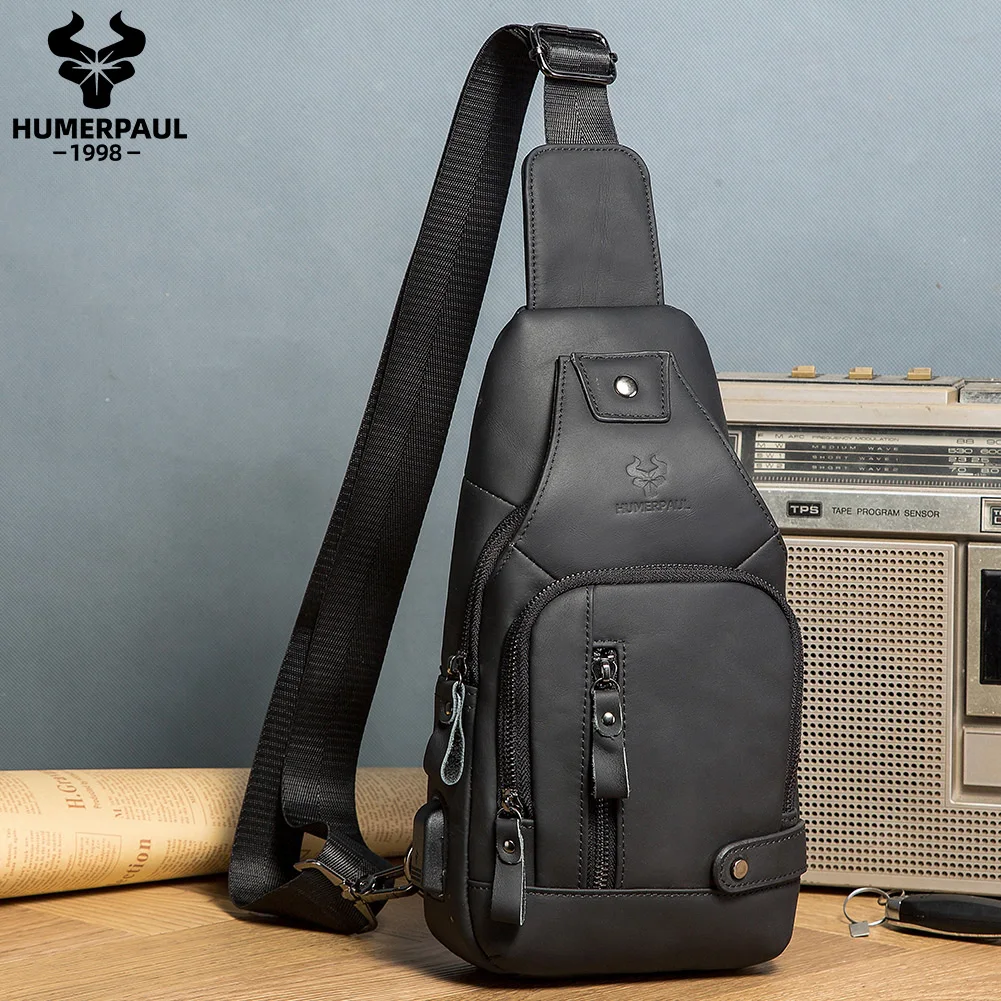
Q: What about days when I absolutely need to carry more weight?
A: On heavy-carry days, use all available straps and supports. Take more frequent rest breaks, and consider temporarily removing the pack when standing in one place. If heavy-carry days are regular, investigate storage solutions at your destination or consider a rolling bag alternative when appropriate.
Q: My backpack always feels unbalanced despite careful packing. What’s wrong?
A: Check for asymmetrical strap wear or a damaged frame/support system. Ensure you haven’t developed the habit of loading one side more heavily than the other. Try packing identical items on opposite sides to create balance, and have someone observe your posture while wearing the pack to identify any alignment issues.
Advanced Tips for Long-Term Backpack Health
Beyond the basics, these advanced strategies can further improve your carrying capacity and comfort over time:
Strengthening your core and upper body significantly improves your ability to comfortably carry weight. Focus on exercises that target the trapezius muscles, shoulders, and core stabilizers. Even 5-10 minutes of targeted strength work three times weekly can notably improve comfort and carrying capacity.
Regular maintenance of your backpack ensures it continues providing optimal support. High-quality men’s leather backpacks maintain their structure when properly cared for, providing consistent weight distribution throughout their lifespan.
Consider seasonal adjustments to your daily carry:
– Summer may require additional water and sun protection but lighter clothing
– Winter necessitates more layers but potentially less hydration
– Rainy seasons demand waterproofing solutions which may add weight
The concept of progressive loading can help increase your comfortable carrying capacity. Gradually increase your backpack weight over time (while staying within safe limits) to build carrying-specific strength. This is especially helpful if you’re preparing for situations that will require heavier loads.
Develop body awareness through occasional posture checks throughout the day. Set a reminder to evaluate your standing position and backpack adjustment every few hours. This mindfulness helps prevent falling into poor carrying habits that can exacerbate strain.
By implementing these comprehensive backpack weight management strategies, you’ll not only improve your daily comfort but also protect your long-term musculoskeletal health. The small adjustments in habits and techniques discussed throughout this guide can dramatically transform your relationship with your daily carry, turning a potential source of pain into a seamlessly integrated part of your routine.
